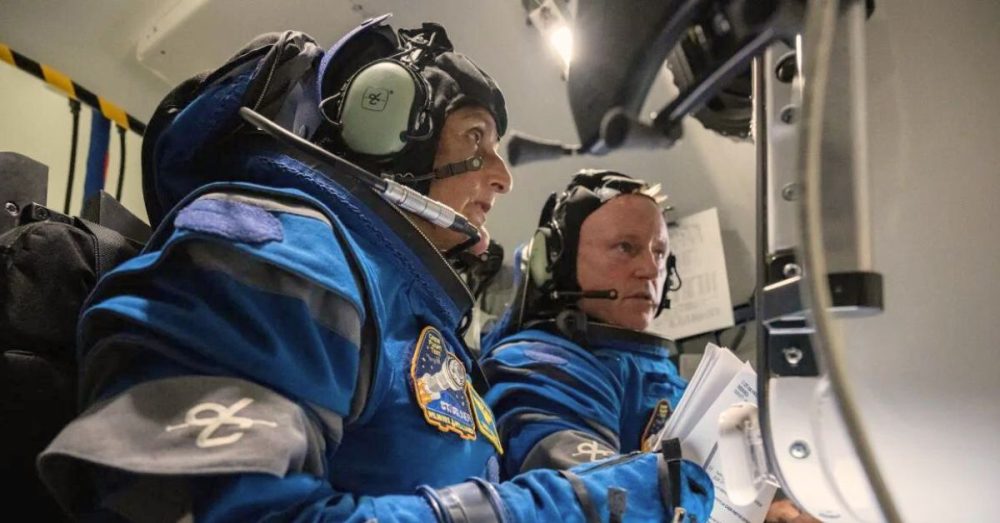While The Dallas Express has covered a lot of the scandals haunting Boeing over the last couple of years, it has let this one fly under the radar.
DX reported on Boeing entering the space race with its Starliner spacecraft. The Starliner project had a bumpy history. Its first test in 2019 did not reach the correct orbit and failed to dock with the space station as intended. Subsequent tests suffered from issues with the landing parachutes and required the removal of a mile of flammable tape.
Eventually, the Starliner successfully launched with two astronauts on board earlier this summer. The mission? Dock at the International Space Station and return with the crew in little more than a week. That was nearly two months ago.
As it turns out, Boeing’s spacecraft had a number of issues that have rendered it temporarily unable to return the astronauts to Earth safely. The pair have been stranded for several weeks now. According to Ars Technica, Boeing may need to call Elon Musk for help so its crew can get back home on a SpaceX vessel — no joke.
Perhaps relatedly (or not), Boeing has been under fire and increased scrutiny following a number of incidents involving its airplanes and manufacturing protocols. Some have accused the company’s focus on “diversity, equity, and inclusion” initiatives as being at least in part behind its failures regarding quality assurance and safety fundamentals, as previously reported by The Dallas Express.
Here’s some of what Ars Technica reported on Boeing’s debacle in space:
It has now been eight weeks since Boeing’s Starliner spacecraft launched into orbit on an Atlas V rocket, bound for the International Space Station. At the time NASA officials said the two crew members, Butch Wilmore and Suni Williams, could return to Earth as soon as June 14, just eight days later.
Yes, there had been some problems on Starliner’s ride to the space station that involved helium leaks and failing thrusters. But officials said they were relatively minor and sought to downplay them. “Those are pretty small, really, issues to deal with,” Mark Nappi, vice president and manager of Boeing’s Commercial Crew Program, said during a post-docking news conference. “We’ll figure them out for the next mission. I don’t see these as significant at all.”
But days turned to weeks, and weeks turned to months as NASA and Boeing continued to study the two technical problems. Of these issues, the more pressing concern was the failure of multiple reaction control system thrusters that are essential to steering Starliner during its departure from the space station and setting up a critical engine burn to enter Earth’s atmosphere.
In the last few weeks, ground teams from NASA and Boeing completed testing of a thruster on a test stand at White Sands, New Mexico. Then, last weekend, Boeing and NASA fired the spacecraft’s thrusters in orbit to check their performance while docked at the space station. NASA has said preliminary results from these tests were helpful.


